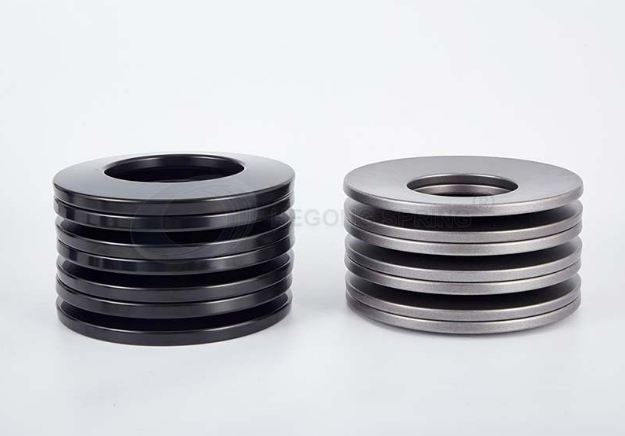4 Advice to Choose a Belleville Disc Spring
Selecting the right Belleville disc spring is crucial for ensuring optimal performance in various applications. The process involves considering several key factors to meet specific requirements and achieve desired outcomes. In this article, we will provide four essential pieces of advice to guide you through the selection process.
Belleville disc springs, also known as conical spring washers, are widely used for their ability to provide high load capacity and deflection in compact spaces. To make an informed choice, it is essential to consider the following advice:
1. Load and Deflection Requirements:
The primary function of a Belleville spring is to withstand a specific load while allowing for a defined deflection. To achieve this, it is crucial to accurately calculate the load and deflection requirements of your application. Consider the operating conditions, environmental factors, and any potential variations in load. By understanding the load and deflection characteristics, you can choose a disc spring with the appropriate dimensions and specifications.
2. Material Selection:
The material of the Belleville disc spring plays a critical role in its performance and durability. Different materials offer varying levels of corrosion resistance, fatigue life, and temperature resistance. Consider the environmental conditions and operational demands of your application when selecting the material. Stainless steel, for example, is known for its corrosion resistance, making it suitable for applications in harsh environments. Carefully assess the material properties to ensure the disc spring can withstand the intended operating conditions.
3. Size and Configuration:
Belleville disc springs are available in various sizes and configurations to accommodate different applications. It is essential to choose the right size and configuration based on the space constraints and load requirements of your specific application. Pay attention to factors such as outer diameter, inner diameter, and thickness to ensure a proper fit. Additionally, consider whether a single disc or a stack of multiple discs is more suitable for your application, as this can impact the overall load-bearing capacity.
4. Consider Operational Temperature:
The operational temperature of your application is a crucial factor in Belleville disc spring selection. Different materials have distinct temperature limits, and exceeding these limits can lead to reduced performance or even failure. Evaluate the expected temperature range in your application and choose a disc spring material that can withstand these conditions. This ensures that the disc spring maintains its mechanical properties and performance integrity over the entire operating temperature range.
In conclusion, choosing the right Belleville disc spring involves a careful analysis of load and deflection requirements, material selection, size and configuration considerations, and evaluation of operational temperature. By following these four pieces of advice, you can make an informed decision that aligns with the specific needs of your application, ultimately contributing to improved efficiency and longevity.
If you are interested in sending in a Guest Blogger Submission,welcome to write for us!





Comments
0